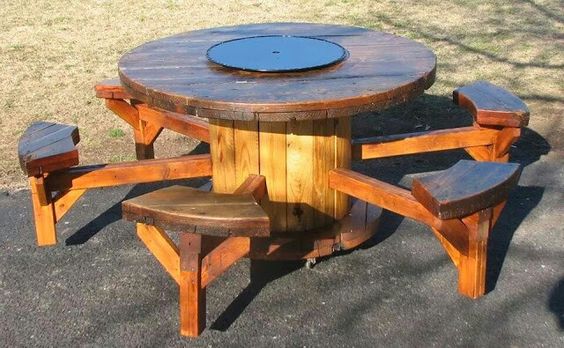

If your employer will pay for a move, take full advantage of that. Unfortunately, some companies don’t think to mention this or candidates forget to use it as a bargaining chip. If you’re moving for a job, ask if your company covers moving costs, and, if so, what is covered.

CABLE MOVER FREE
You can save on moving costs by decluttering before you begin, hiring help for what you need but DIY’ing what you can, and getting free boxes and moving supplies from your local area. We’re providing some of our best tips for the cheapest way to move. If you’re looking for FI-friendly tips to reduce your moving costs (which add up quickly!), look no further. No matter what stage of life you’re in, you can save tons by taking a bootstrap mentality to your move. Every trip after that grew in scale, giving me enough life experience to dread going through a big move again. My first trip happened with only the things that could fit in the back of a hatchback Toyota. Retrieved 22 December 2018.I’ve moved across the country four times. Archived from the original on 22 December 2018.

Every haul rope loop is supplied with its own drive and return machinery. The principle of this system is based on several rope loops which adjoin and overlap each other in the stations. This system creates a circular train flow where more than one train moves in the same direction. Either each train has its own haul rope or both trains are attached to the same haul rope depending on the application requirements (station configuration, system length, etc.). This configuration is comparable to the Double Shuttle system in terms of capacity and frequency (headway). The bypass must be located approximately in the middle of two terminal end stations, and can form part of an intermediate station. In this system, only one guideway enters each end station, but movable switches direct trains onto dual tracks between stations so they can pass one another en route. The passenger capacity additionally depends on the capacity of the train. The frequency and passenger capacity of both shuttle systems depends largely on the length of the system, and the number of intermediate stations. This configuration is designed for system lengths up to 3 km (1.8 mi) and may have several intermediate stations. If one shuttle system fails or is closed for maintenance, the other system may continue to operate. The "Double Shuttle" configuration features two independent shuttle systems operating side by side on a double guideway track, each with its own haul rope and drive machinery. The "Single Shuttle" system is the simplest configuration, with one train operating in both directions on one guideway track. There are three main system configurations in use. The vehicles are usually manufactured by Swiss cabin manufacturer, CWA Constructions, itself a subsidiary of Doppelmayr Garaventa Group or Austrian cabin manufacturer, Carvatech. The vehicle interior is predominantly aluminium, with no heat release. The undercarriage supports are integrated into the car body and take the form of cavity-sealed tubular steel frames. The aluminium sections are made of high-grade, corrosion-resistant alloy. The integral monocoque structure is bolted and riveted and joint connections are aluminium castings. The car is a self-supporting lightweight design with extruded aluminium box-type profile sections.


 0 kommentar(er)
0 kommentar(er)
